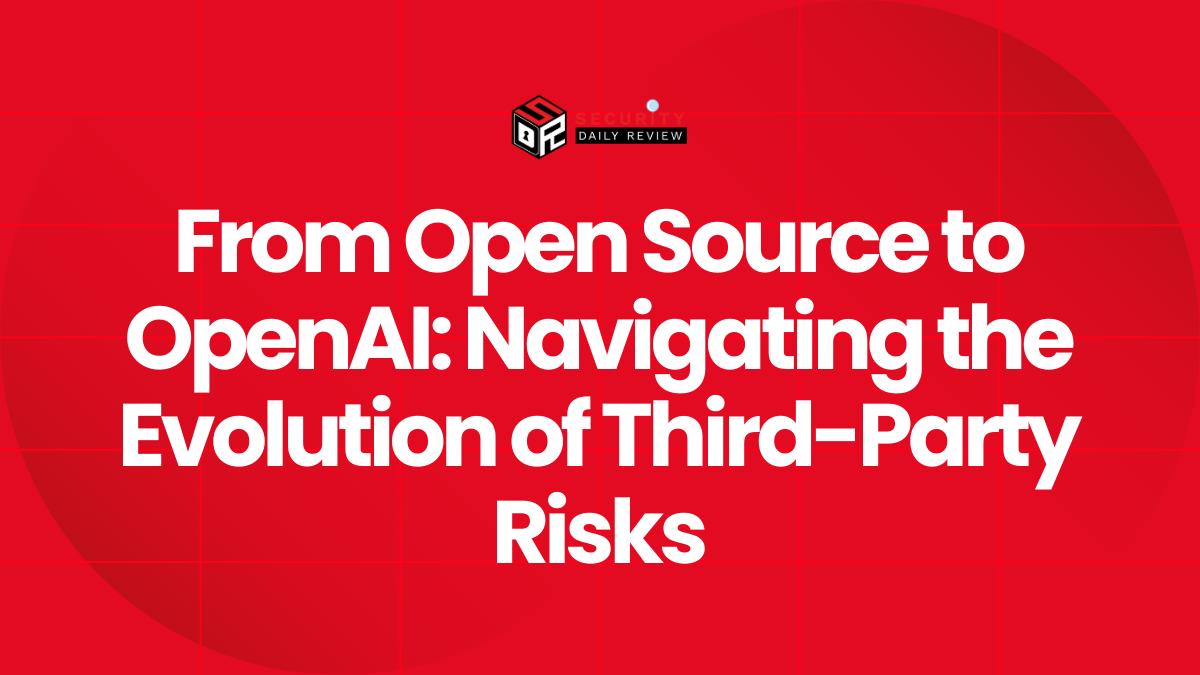
From Open Source to OpenAI: Navigating the Evolution of Third-Party Risks
Explore how speed-driven development introduces new third-party risks. Understand how threat actors exploit vulnerabilities in open source libraries and AI-driven

Explore how speed-driven development introduces new third-party risks. Understand how threat actors exploit vulnerabilities in open source libraries and AI-driven
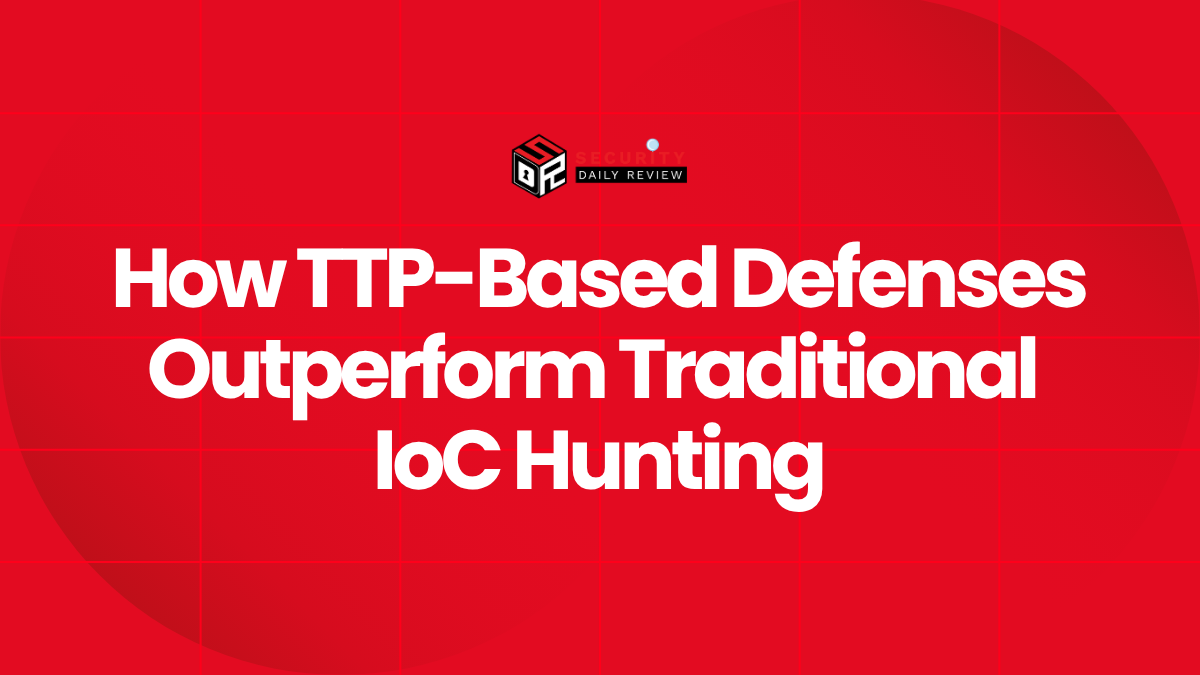
Behavior-based detection is replacing traditional IoC-driven security as organizations focus on identifying attacker tactics and behaviors instead of static indicators.
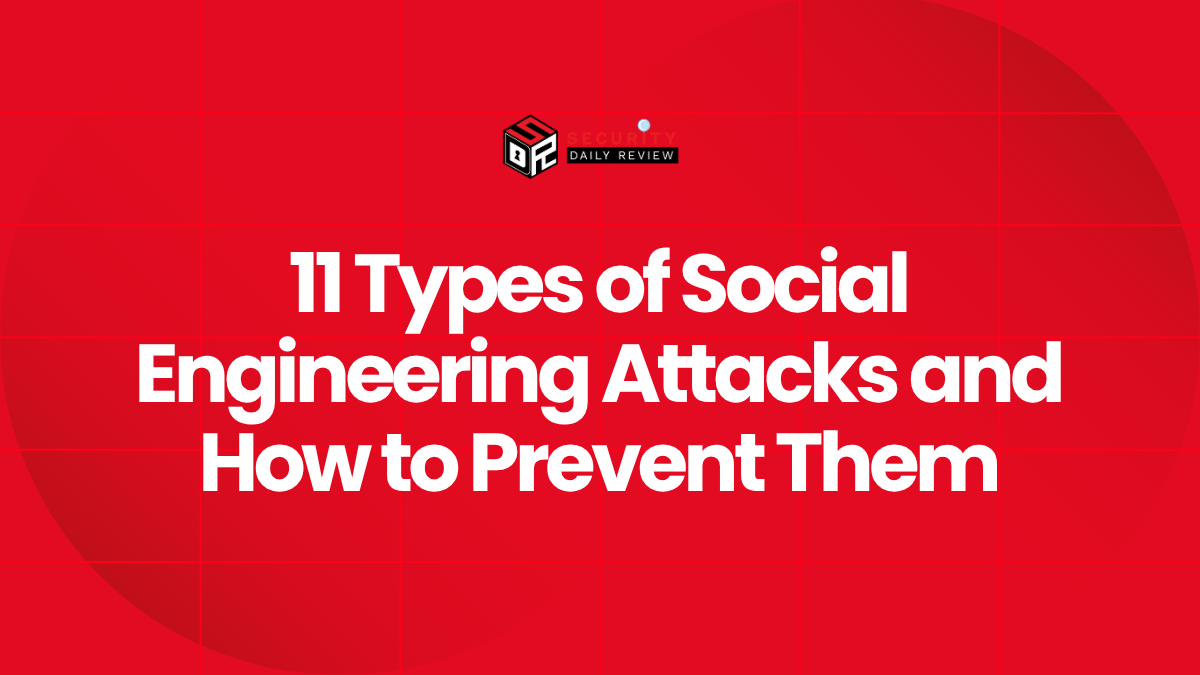
This detailed guide explores eleven prevalent social engineering attack types, explaining their mechanisms and offering practical preventative measures for individuals

Cain and Abel is a powerful password recovery and penetration testing tool. Learn its features, uses, risks, and best practices

Enable Kernel-mode Hardware-enforced Stack Protection in Windows 11
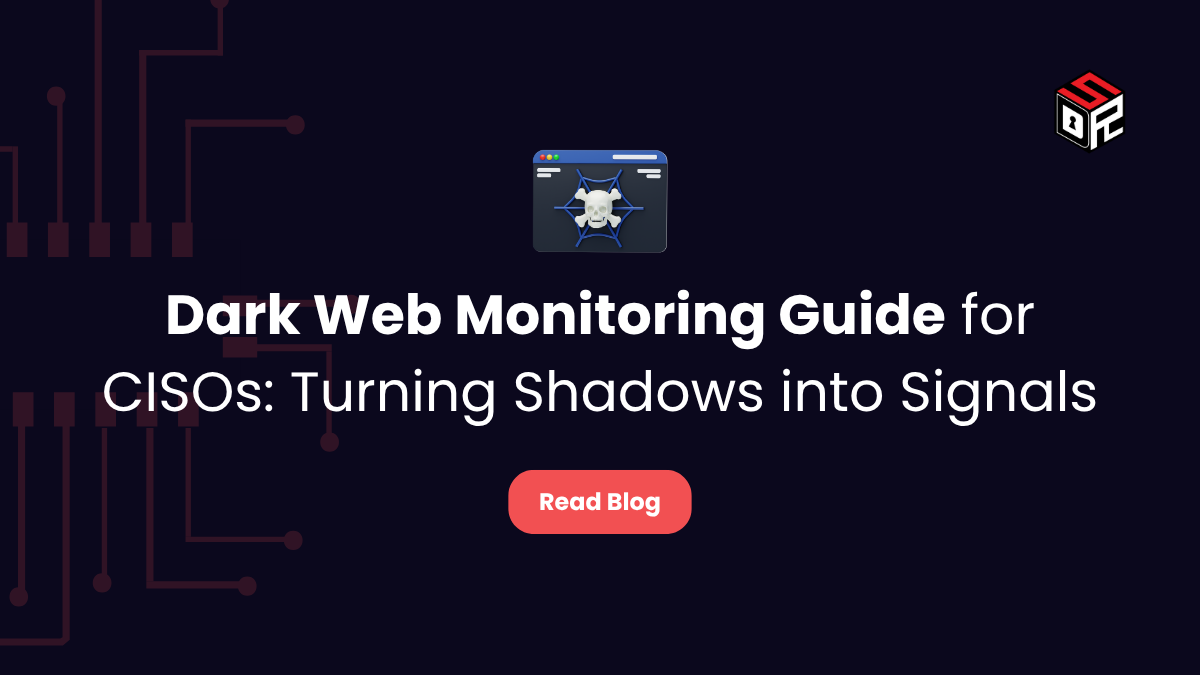
Dark web monitoring gives CISOs early warning of breaches, ransomware, and credential leaks. Turning intelligence into action helps enterprises anticipate

Hacked phones can expose sensitive data to fraud, identity theft, and financial loss. This guide explains how to spot signs
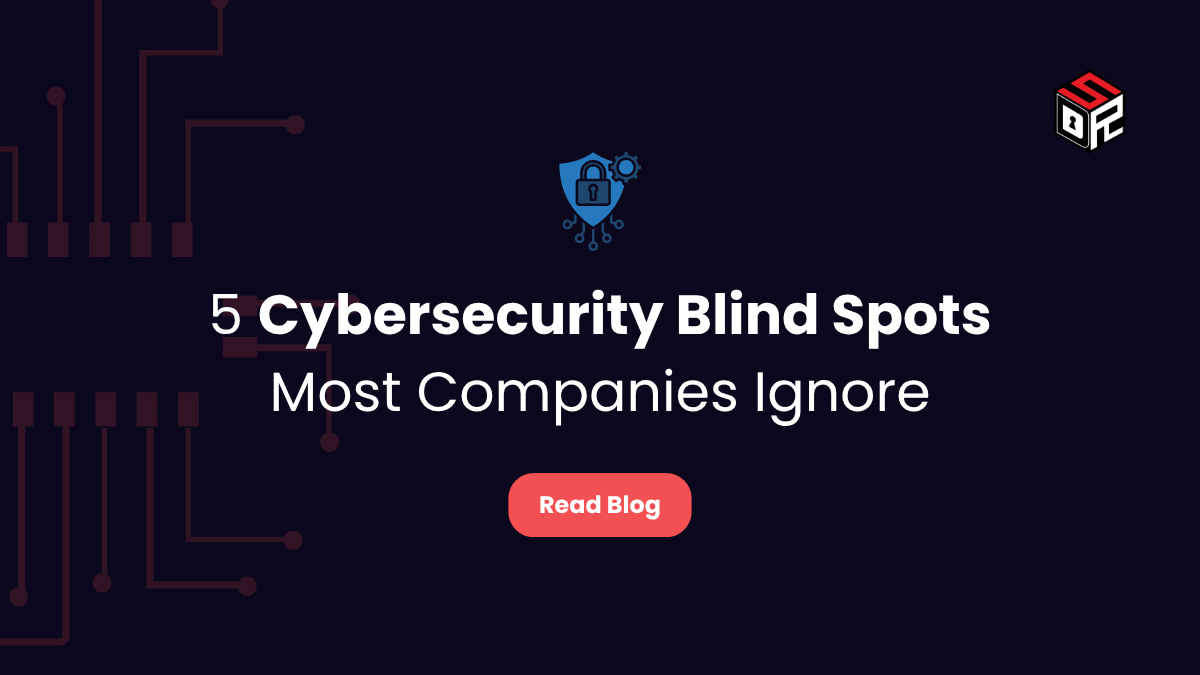
Cyberattacks often exploit overlooked weaknesses, not just firewalls or antivirus gaps. This article highlights five common cybersecurity blind spots—shadow IT,
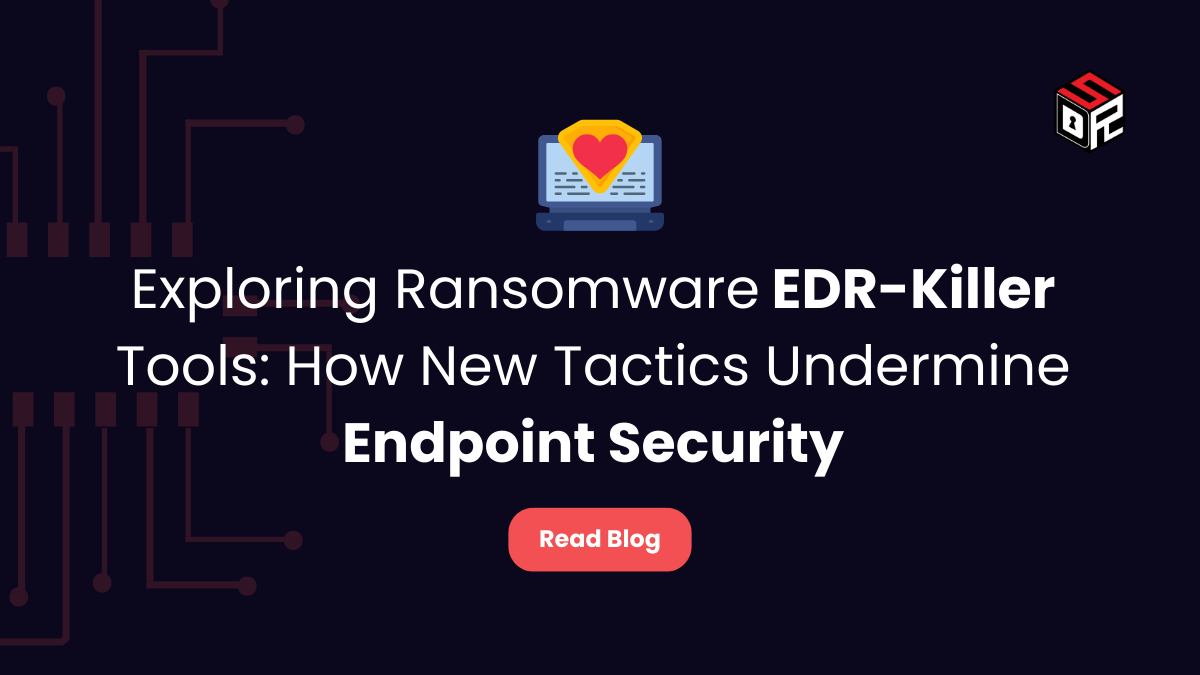
A new wave of EDR-killer tools is reshaping ransomware tactics, enabling groups like RansomHub, Medusa, and Blacksuit to disable endpoint
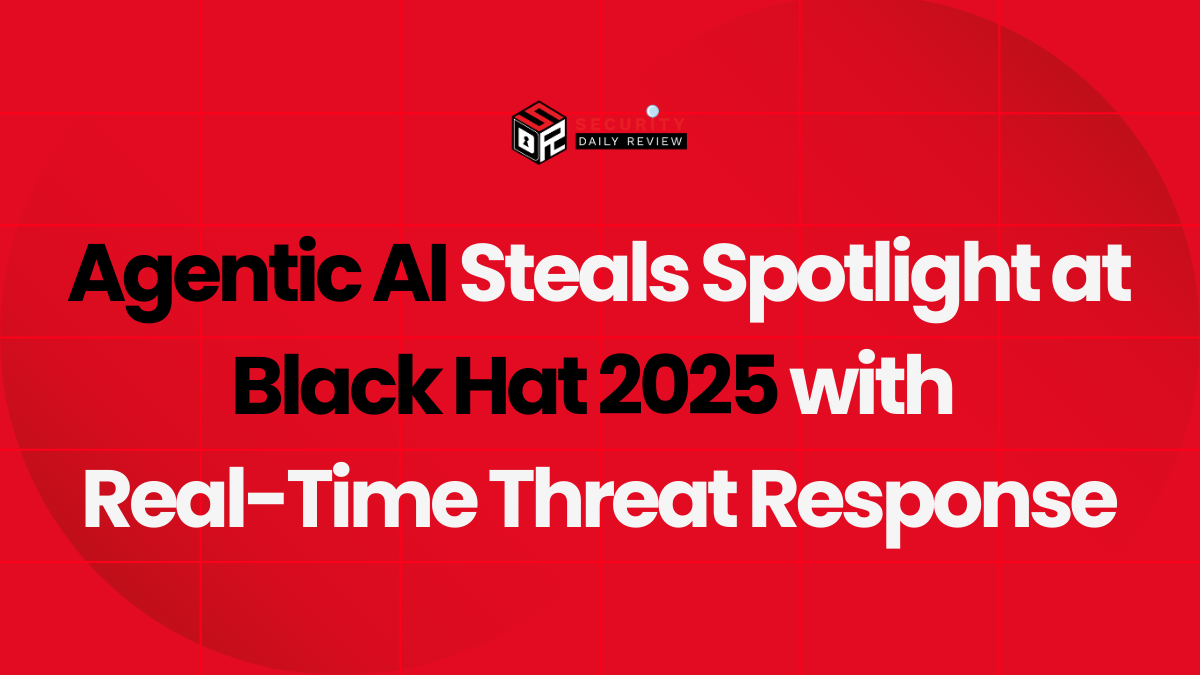
Agentic AI took center stage at Black Hat USA 2025, marking a definitive pivot from conceptual discussions to real-world deployment.
Subscribe to the Daily Security Review Email Briefing to stay informed on the latest threats, trends, and technology, along with insightful columns from industry experts.